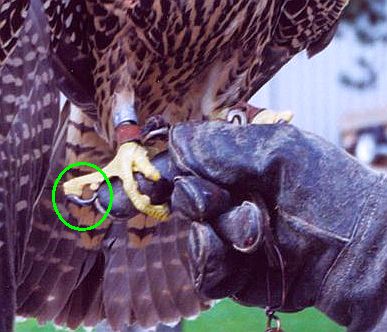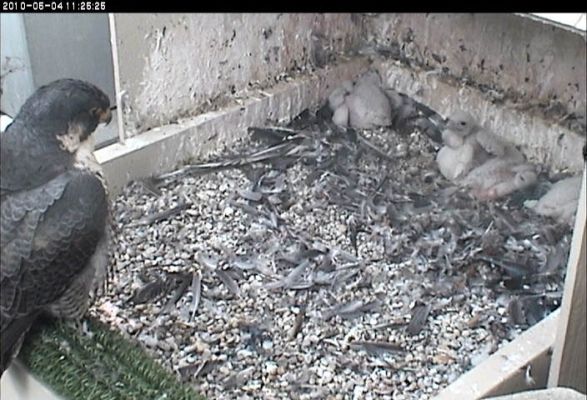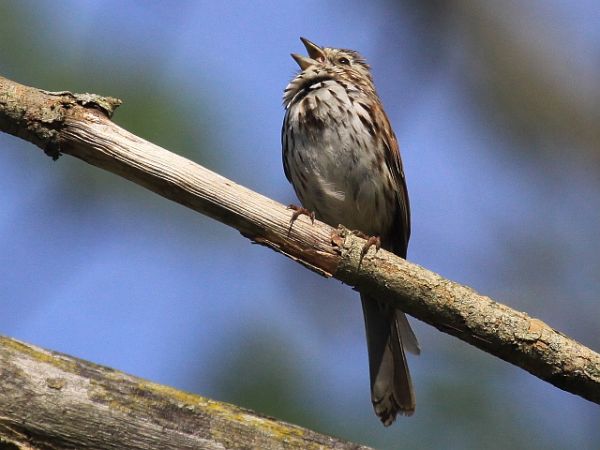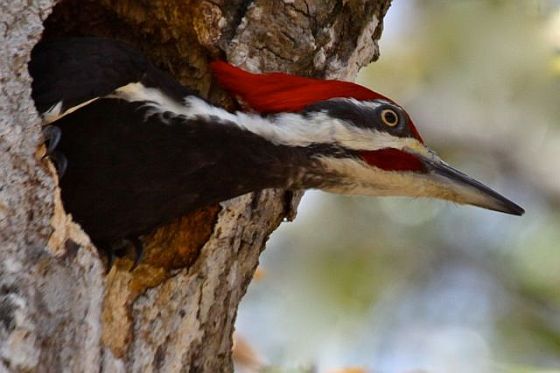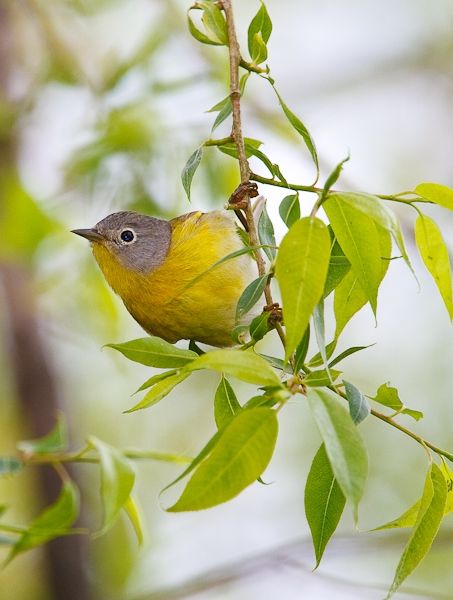
Migration is in full swing. New birds are arriving every day.
There’s no better time to go birding, so that’s what I’m doing at Magee Marsh, Ohio.
Magee Marsh, also called Crane Creek, is a hotpsot for migrating birds because it’s the last jumping off point on the shore of Lake Erie before they cross to Canada.
It’s also a mob scene of birders, photographers and fancy optics. The birds attract thousands of people and plenty of celebrations. Not only is today International Migratory Bird Day but the entire week, May 6-16, has been declared the “Biggest Week in American Birding” by Black Swamp Bird Observatory in nearby Oak Harbor.
With this many people around, are there any birds?
Yes, and they’re as close as this Nashville warbler that Brian Herman photographed last spring. I was standing next to him in the Crane Creek parking lot when he took its picture.
(photo by Brian Herman)

